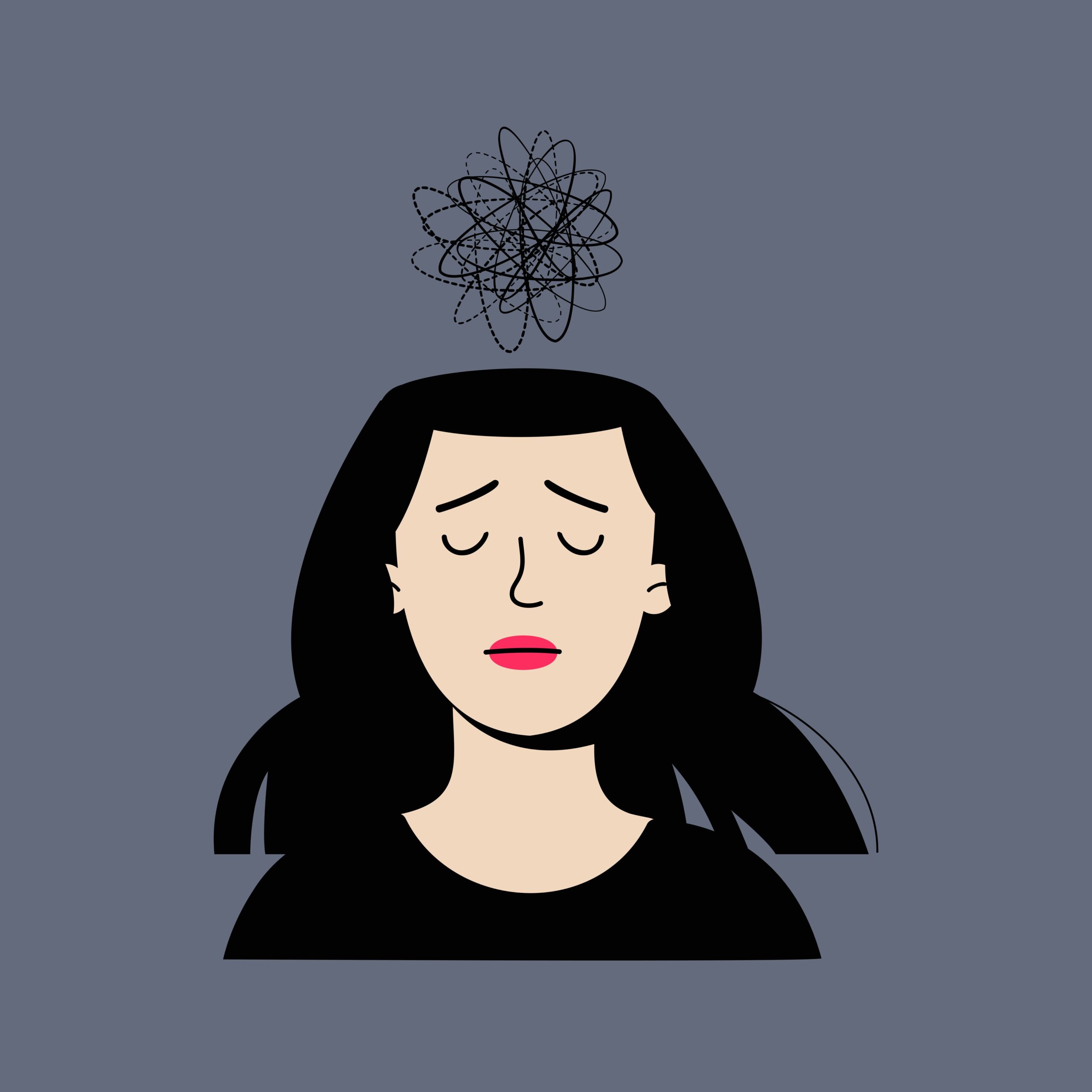As a parent, it can be overwhelming to watch your child struggle with obsessive thoughts or repetitive behaviours they can’t seem to control. Obsessive-Compulsive Disorder (OCD) often begins in childhood or adolescence, and early support can make a significant difference in how young people manage symptoms and thrive.
At Suntree Wellness in Milton, Ontario, our registered psychologists provide therapy for children and teens with OCD. This article explains what pediatric OCD looks like, the types of obsessions and compulsions you might notice, and how therapy can help your child or teen and your family.
What Is Pediatric OCD?
Obsessive-Compulsive Disorder (OCD) is a mental health condition where a person experiences:
-
Obsessions: Unwanted, intrusive thoughts, worries, or mental images (for example, “What if I get sick from touching this?”).
-
Compulsions: Repetitive actions or mental rituals done to reduce anxiety or prevent something “bad” from happening (for example, handwashing, checking, or repeating phrases silently).
While many children may have routines or quirky habits, OCD goes beyond this. OCD symptoms cause distress, take up a significant amount of time (often over an hour throughout the day), and interfere with school, friendships, and/or family life. Children may know their worries don’t fully make sense, but still feel unable to stop the thoughts or rituals. Other times, children and teens may be really strongly attached to the obsessions and have a hard time thinking about them clearly.
The name pediatric OCD just means it is OCD experienced by a child or teen. While symptoms for OCD are similar between children and adults, the term pediatric OCD is used in research because treatment with children often looks different than treatment with adults, even if the same core principles apply across the lifespan.
Signs of OCD in Children and Teens
OCD can look different depending on the child, but some common signs include:
-
Spending excessive time on routines (such as handwashing, organizing, changing clothes, specific eating requirements, or checking locks).
-
Asking for reassurance repeatedly (“Are you sure I’m going to be OK?”).
-
Becoming very distressed when routines are interrupted.
-
Avoiding situations that might trigger anxiety (like touching objects, going to school, or going to restaurants).
If you notice these behaviours lasting more than a few weeks and interfering with your child’s daily life, it may be time to seek professional support.
Types of Obsessions in Children and Teens
Obsessions can vary widely, and some are upsetting or embarrassing for kids to share. Common categories include:
-
Contamination fears – worries about germs, dirt, or illness.
-
Checking fears – worries about safety, like “Did I turn off the stove?” or “What if the door isn’t locked?”
-
Symmetry and order – feeling things must be “just right” or perfectly arranged.
-
Harm-related obsessions – fears of accidentally hurting themselves or others.
-
Religious or moral obsessions – worries about offending God, sinning, or breaking rules.
-
Sexual or taboo thoughts – intrusive, unwanted images or thoughts that feel disturbing or inappropriate.
These last two categories (religious and sexual obsessions) can be especially distressing, because children may fear being judged if they share them. It’s important for families to know these thoughts are not a reflection of who they are or what they desire—they are a symptom of OCD.
Common Compulsions
Compulsions are the actions children take to try to reduce distress from obsessions. Examples include:
-
Excessive handwashing or cleaning.
-
Repeating actions (tapping, re-doing tasks).
-
Reassurance seeking (“Are you sure I didn’t do something bad?”).
-
Counting or mental rituals.
-
Avoiding certain places, objects, or situations.
These rituals often bring only short-term relief, although increase anxiety long-term, reinforcing the OCD cycle.
Why Early Treatment Matters
Without treatment, OCD symptoms can become more entrenched, interfering with academics, friendships, and family life. Early therapy provides children and teens with the tools to break free from the OCD cycle and develop healthy coping skills.
How Psychologists Help Children and Teens with OCD
At Suntree Wellness in Milton, Ontario, our psychologists use evidence-based approaches tailored for children and teens. Treatment often includes:
1. Cognitive-Behavioural Therapy (CBT) with Exposure and Response Prevention (ERP)
-
Exposure: Helping children gradually face feared situations (e.g., touching a doorknob they believe is “dirty”).
-
Response Prevention: Supporting them to resist compulsions (e.g., not immediately washing their hands).
Over time, they learn anxiety naturally decreases without rituals, building resilience and confidence.
2. Psychoeducation
Children and families learn how OCD works, why compulsions make anxiety stronger, and how treatment breaks the cycle. Understanding the “why” reduces shame and empowers kids to “boss back” the OCD.
3. Relaxation and Coping Tools
Strategies like breathing exercises, mindfulness, and grounding skills help children manage distress during exposures.
4. Acceptance-Based Strategies
Children learn that having intrusive thoughts doesn’t mean they need to act on them or that they define who they are. Instead, they practice allowing thoughts to exist without giving them power. Unfortunately we can’t control what thoughts pop into our head, however we can control our response to these thoughts.
5. Parental Involvement
Parents often unintentionally accommodate OCD—for example, giving repeated reassurance, adjusting routines, or helping children avoid triggers. In therapy, parents learn how to step back from these accommodations while still offering warmth and support, helping their child become more independent in facing OCD.
How Child and Teen OCD Therapy Differs from Adult Treatment
-
More family involvement: Parents play an active role in learning strategies and reducing accommodation.
-
Creative, engaging approaches: Therapy may include games, visuals, or reward systems to help children stay motivated.
-
Developmental considerations: Teens often struggle with independence, identity, and social pressures, so therapy may focus more on peer relationships and self-confidence alongside OCD treatment.
Adults with OCD may take a more independent role in therapy, but children and teens benefit from a team-based approach that involves family.
Finding OCD Therapy in Milton, Ontario
If your child is struggling with obsessive thoughts or compulsive behaviours, professional support can make a meaningful difference. At Suntree Wellness, our psychologists in Milton, Ontario, specialize in therapy for children, teens, and families coping with OCD. We offer both in-person therapy in Milton and virtual sessions across Ontario, making support accessible wherever you are.
Next Steps
If your child is struggling with obsessive thoughts or compulsive behaviours, you don’t have to navigate this alone. Reach out today to book a consultation with a psychologist in Milton who understands pediatric OCD and can guide your family toward effective support.
📞 Contact Suntree Wellness in Milton, Ontario to learn more about therapy for children and teens with OCD.
Call us at (905) 288-7169 or email us at info@suntreewellness.com to schedule a free 15-minute consultation or book an appointment.



